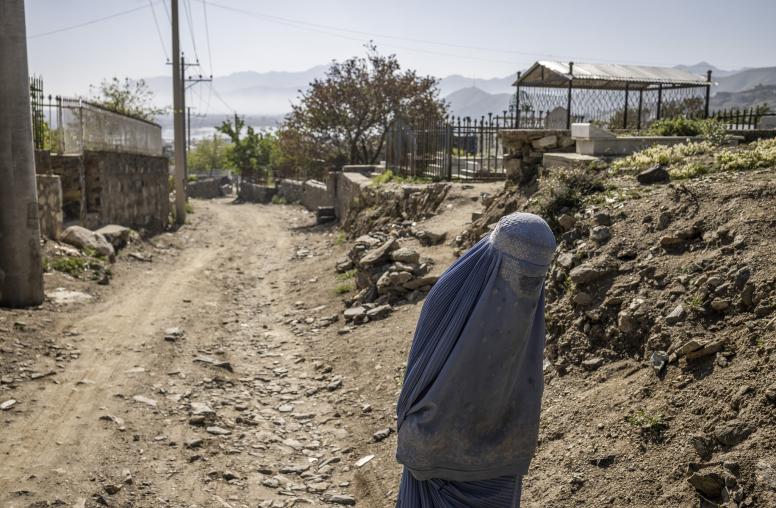Afghanistan: Preparing Peacemakers
Inevitably, the intensity of U.S. involvement in Afghanistan will ebb. Looking ahead to that time, the U.S. Institute of Peace has trained a network of Afghan “facilitators” to mediate conflicts—within and between families, localities and communities.
April 6, 2011
Inevitably, the intensity of U.S. involvement in Afghanistan will ebb. Looking ahead to that time, the U.S. Institute of Peace has trained a network of Afghan “facilitators” to mediate conflicts—within and between families, localities and communities.
This hands-on peace promotion should leave a practical legacy: “We’ve built permanent capacities that our facilitators will be able to draw on long after American and other international efforts have begun to wind down,” says USIP’s Keith Bowen, the senior program officer leading efforts to build the Network of Afghan Facilitators (NAF).
Modeled after a USIP program in Iraq, about 45 Afghans have received training since 2008; they include tribal and civil society leaders concentrated in the country’s eastern provinces—a region critical to U.S. policy aims. Twelve of the Afghan facilitators have joined in the Institute’s recent Cross-Border Dialogue Initiative, joined by 12 from Pakistan.
The Afghan facilitators have mediated numerous local disputes. On at least 18 occasions, they have tackled family or tribal disputes, many involving abuse of women. They have brokered settlements on issues of internally displaced persons in Daikundi and Khost provinces, water in Badakshan and property in Nangarhar.
Such tensions have been routinely exploited by the Taliban, warlords and other anti-government groups. The Taliban and others have been able to choose and arm one side in local disputes, eliminate the opposition and add areas to their sphere of influence, Bowen says. The State Department and the U.S. Agency for International Development have funded part of the USIP network.
The program essentially “trains the trainers,” Bowen says. Most members have gone on to instruct others in conflict management and peacebuilding. USIP materials have been used in much larger training efforts by a local partner, the Welfare Association for the Development of Afghanistan (WADAN). Afghan officials also selected several USIP-taught facilitators to help with last summer’s National Consultative Peace Jirga. Overall, says Bowen, “The number of people impacted is measured in the thousands, on our way to tens of thousands.”
Explore Further
- Countries and Regions: Afghanistan
- Pakistan: Training the Mediators
News Feature | April 6, 2011



